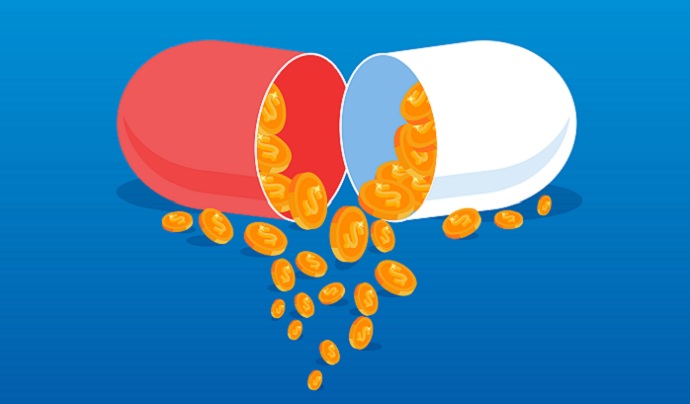OIG Suggests Lowering Medicare Reimbursement for More Part B Drugs
Expanding price substitution, which lowers Medicare reimbursement for Part B drugs with high average sales prices, would have saved $2.9 million in 2017, OIG found.

- CMS could have saved an additional $2.9 million in 2017 if the agency lowered Medicare reimbursement for more Part B drugs through price substitution, the HHS Office of the Inspector General (OIG) recently reported.
The price substitution policy requires CMS to lower Medicare reimbursements for Part B drugs that have average sales prices exceeding the average manufacturer prices by five percent in the previous two quarters or three of the previous four quarters. If a drug qualifies for price substitution, CMS replaces the average sales price-based reimbursement rate with the lesser of the widely available market price (if any) or 103 percent of the average manufacturing price.
Policymakers designed the price substitution policy to prevent potentially expensive payment amounts for drugs administered by providers in their offices or other outpatient settings and include, for example, cancer treatments.
The policy is working to reduce Medicare spending, showed the OIG report published on August 14. CMS saved Medicare and its beneficiaries $7 million in 2017 by lowering Medicare reimbursement rates for 14 Part B drugs using its price substitution policy.
However, the federal agency could save significantly more by expanding its price substitution policy to include drugs that exceeded the five-percent threshold in a single quarter, OIG reported.
The federal watchdog found that 18 Part B drugs with complete average manufacture price data exceeded the threshold in at least one quarter of 2017. However, the drugs were not eligible for price substitution because of current duration rules (i.e., average sales price must exceed average manufacturing price by at least five percent for the two pervious quarters or three of the previous four quarters).
Allowing the 18 drugs to qualify for price substitution would have saved Medicare and its beneficiaries nearly $3 million between the last quarter of 2017 and the third quarter of 2018. The federal healthcare program would also have saved an additional $29.1 million since 2013 if CMS expanded the duration rules to include drugs that exceeded the five-percent threshold in a single quarter, OIG found.
In light of the findings, OIG advised CMS to implement new duration criteria for price substitution in Medicare Part B.
CMS did not concur with OIG’s recommendation, arguing that duration criteria act as a safeguard, which
“ensures changes to payment are based on real changes to the price of a drug, and thereby minimizes the potential risk of impacting beneficiary access to medically necessary drugs.”
OIG research, however, countered the CMS claim. The investigation showed that ten of the 18 Part B drugs identified by OIG exceeded the five-percent threshold more than once from 2016 and 2017. The ten drugs also accounted for $2.4 million of the $2.9 million in additional savings, OIG reported.
The federal watchdog continues to push for a price substitution expansion, even urging CMS to consider a more modest expansion.
“Expanding the policy to capture drugs that exceed the threshold in a single quarter could increase the savings to beneficiaries and the program and still ensure access to drugs,” the report stated.
OIG’s recommendation is just one suggestion for lowering prescription drug prices, which is a top priority for the Trump Administration. The administration is currently working on a plan to tie Medicare Part B drug prices to the prices paid overseas.
An advanced notice of proposed rulemaking released last October outlined the plan, titled the International Pricing Index. The notice stated that the plan would save roughly 30 percent in total spending on select Part B drugs and HHS plans to implement a demonstration program by spring of 2020. However, HHS has yet to release a proposed rule.
